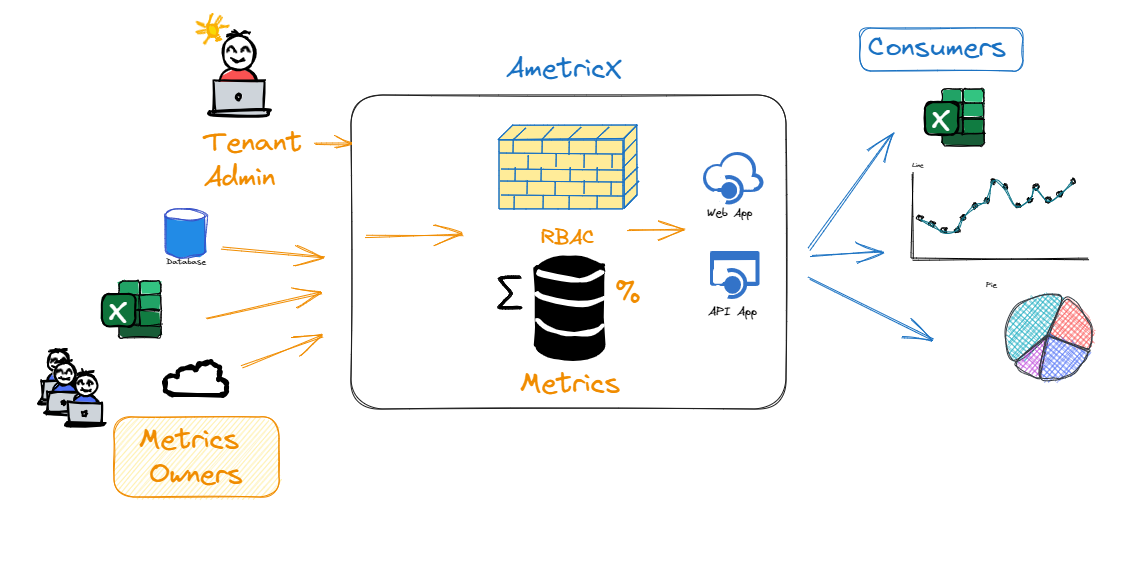In today’s fast-paced digital world, businesses are constantly looking for ways to streamline their processes and improve efficiency. One area that often gets overlooked is data management. With the rise of e-commerce and online marketplaces, the need for accurate and timely data has become more important than ever. This is where file feeds come in. In this article, we will explore the power of file feeds and how they can simplify data management for businesses.
What is a File Feed?
Also known as a data feed or product feed, is a file that contains a list of products or services along with their corresponding attributes and information. This file is typically in a standardized format, such as CSV or XML, and can be easily shared and updated. Used for data syndication, which is the process of distributing data to various channels, such as online marketplaces, comparison shopping engines, and affiliate networks.
Simplifying Data Management
One of the biggest challenges businesses face when it comes to data management is keeping their product information up-to-date and consistent across all channels. This is where file feeds can be a game-changer. By using a single file feed to distribute product data to multiple channels, businesses can ensure that all their product information is accurate and consistent. This eliminates the need for manual updates and reduces the risk of errors.
Increased Efficiency
File feeds also help businesses save time and resources by automating the process of data distribution. Instead of manually entering product information into each channel, businesses can simply update their file feed and have the changes reflected across all channels. This not only saves time but also reduces the risk of human error. Additionally, file feeds can be scheduled to update at specific intervals, ensuring that all channels have the most up-to-date information.
Customization and Flexibility
File feeds offer businesses a high level of customization and flexibility. Businesses can choose which channels to distribute their data to, as well as which attributes and information to include in their file feed. This allows businesses to tailor their product information to each channel, ensuring that it meets the specific requirements of each platform. This level of customization also allows businesses to target different audiences and expand their reach.
Cost-Effective
Using file feeds for data syndication is a cost-effective solution for businesses. Instead of paying for individual data feeds for each channel, businesses can use a single feed to distribute their data to multiple channels. This not only saves money but also reduces the time and resources needed to manage multiple data feeds.
Take this items into account:
- File format: typically in a standardized format, such as CSV or XML.
- Product or service information: contain a list of products or services along with their corresponding attributes and information.
- Data syndication channels: are used to distribute data to various channels, such as online marketplaces, comparison shopping engines, and affiliate networks.
- Automation: automate the process of data distribution, allowing businesses to update their file feed and have the changes reflected across all channels.
- Customization: offer businesses a high level of customization, allowing them to choose which channels to distribute their data to and which attributes and information to include in their file feed.
- Cost-effectiveness: Using a single file feed for data syndication is a cost-effective solution compared to managing multiple data feeds for each channel.
Business Continuity
Reliable file feeds play a crucial role in ensuring business continuity. By using a standardized format, such as CSV or XML, file feeds provide a consistent and accurate way to distribute product data to various channels. This helps businesses maintain up-to-date and consistent information across all platforms, reducing the risk of errors and ensuring a seamless customer experience. Additionally, file feeds automate the process of data distribution, saving time and resources. With scheduled updates, businesses can ensure that all channels have the most current information, even during periods of high demand or unexpected disruptions. By relying on reliable file feeds, businesses can enhance their data management processes and maintain uninterrupted operations, contributing to business continuity.
Conclusion
File feeds are a powerful tool for businesses looking to simplify their data management processes. By using a single file feed to distribute product data to multiple channels, businesses can save time, reduce errors, and increase efficiency. With the rise of e-commerce and online marketplaces, file feeds have become an essential tool for businesses looking to stay competitive in the digital landscape.
Have you used file feeds for data syndication? Share your experience in the comments below.










